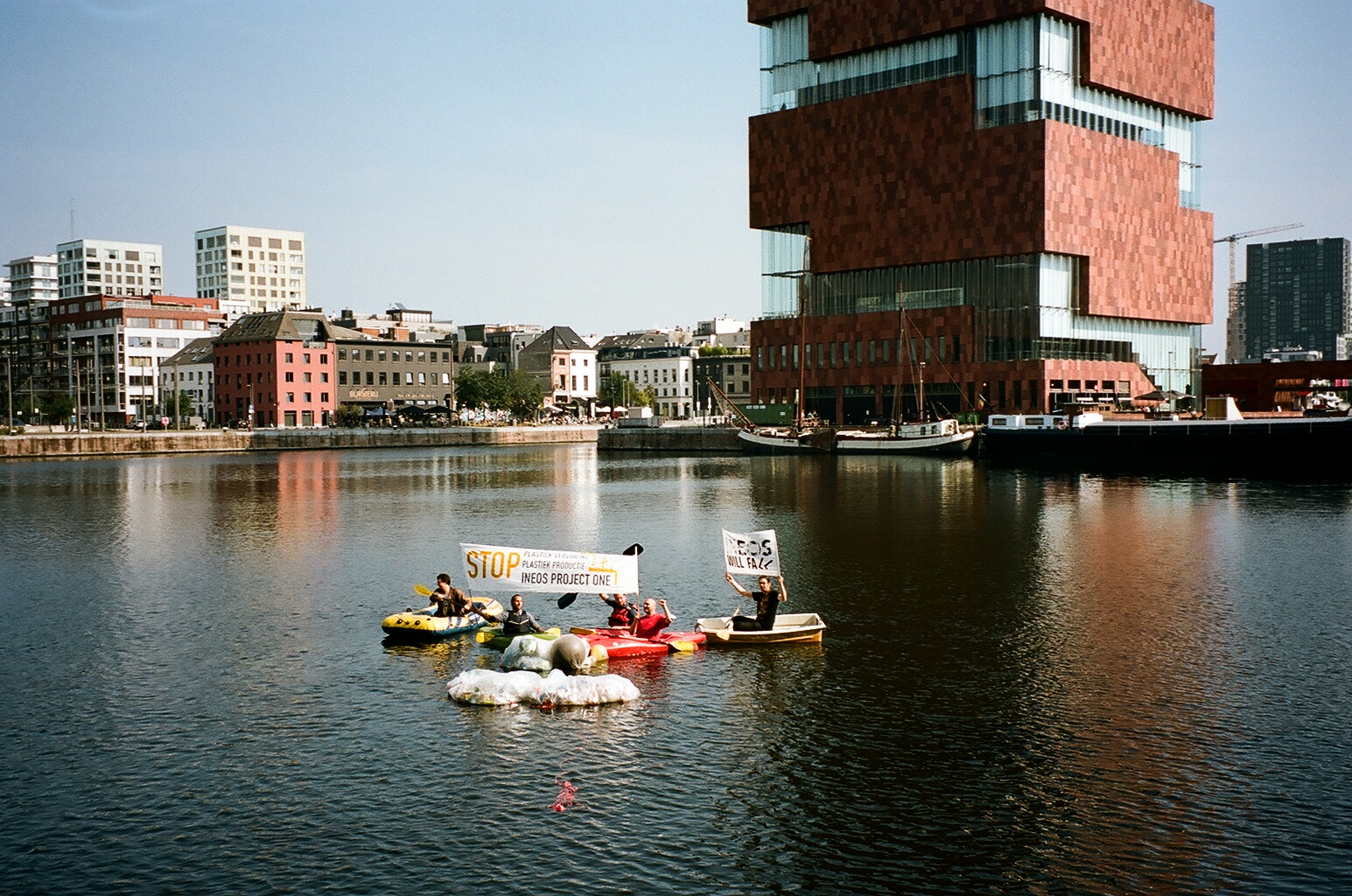
PROJECT
From the Top of the Mountains We Can See Invisible Monuments
The artistic research project “From the Top of the Mountains We Can See Invisible Monuments” aims to address the problems of scale, dimension and global effects of the climate crisis through research in the Visual Arts field and using artistic practices such as graphic technics, sculpture, installations and archive.
Just as an engaging critical debate about the presence of monuments of colonial impact in the public space emerged, and subsequently, conceptualizing these symbolic objects to resume a narrative of power and memory, this research aims to reflect on the problems that current and future constructions will cause on territories when environmental preservation is not favored over the production of wealth.
This project intends to build structures of visibility and communication in response to other complex structures called “infrastructure space” that avoid taking responsibility for damaging the environment. The work organized by social movements presents acceptable methods to guarantee a preserved environment.
To contribute to a critical reflection on the current climate crisis at an activist and social responsibility level, this research project proposes to visualize new territories and instigate the collective imagination toward sustainable possibilities of coexistence, sometimes in low-density territories beyond the perimeters of cities. These are some of the expectations that this research project welcomes in the sense that the production of space responds to essentially social and environmental aspects. These expectations align with the assertions that we are living in a period of climate crisis and must strengthen other ways of living in the community.
The dialogue and socialization strengthen a network of activism and denunciation of extractive structures that do not adapt to the new sustainable agency planned to contain the climate crisis. It will be necessary to recognize this “agency” that guides a collective language through dialogue with social movements and activists, thus bringing possible new positions on what it means to think about the public space, the heritage, and overseeing the limits of natural resources and the rural environment.
This project is supported under the Individual Call to Scientific Employment Stimulus – 5th Edition (CEEC/FCT 5th Edition) program of the Foundation for Science and Technology of Portugal to integrate the i2ADS research platform for the years to come.